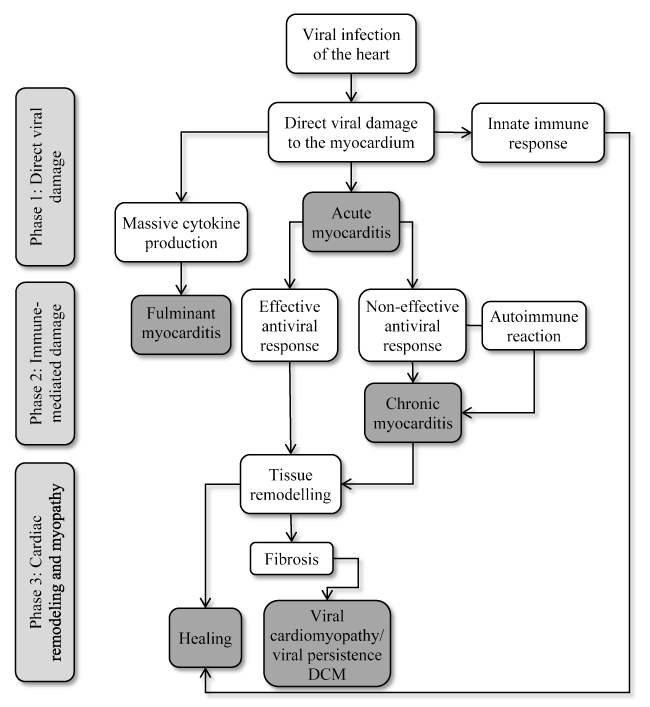The 9-Minute Rule for Improving Immunotherapy for Chronic Viral Infections

The Ultimate Guide To Chronic viral infections can have lasting eff - EurekAlert!
Bacterial and viral infections have lots of things in common. Both kinds of infections are brought on by microorganisms-- bacteria and viruses, respectively-- and spread by things such as:Coughing and sneezing. Contact with infected individuals, particularly through kissing and sex. Contact with infected surface areas, food, and water. Contact with infected animals, consisting of animals, livestock, and pests such as fleas and ticks.

Antiviral Agents for CNS Viral Infections* - Download Table
Persistent infections, which can last for weeks, months, or a lifetime. Hidden infections, which might not trigger signs at first but can reactivate over a period of months and years. Most significantly, bacterial and viral infections, can cause moderate, moderate, and severe diseases. Throughout history, countless individuals have actually died of diseases such as bubonic pester or the Black Death, which is brought on by Yersinia pestis germs, and smallpox, which is brought on by the variola virus.
The Main Principles Of 4 Types of Viral Infections and What You Can Do About Them
Bacterial and viral infections can cause similar symptoms such as coughing and sneezing, fever, swelling, throwing up, diarrhea, fatigue, and cramping-- all of which are ways the body immune system attempts to rid the body of infectious organisms. But bacterial and viral infections are different in numerous other essential respects, many of them due to the organisms' structural differences and the way they react to medications.

What's a Virus? Viral Infection Types, Symptoms, Treatment
Bacteria are reasonably complex, single-celled animals, numerous with a stiff wall, and a thin, rubbery membrane surrounding the fluid inside the cell. They can reproduce on their own. Fossilized records reveal that bacteria have actually existed for about 3. 5 billion years, and bacteria can endure in different environments, consisting of severe cold and heat, radioactive waste, and the body.
The smart Trick of Chronic viral infections can have lasting eff - EurekAlert! That Nobody is Talking About
Fewer than 1% of bacteria trigger diseases in people. Infections are tinier: the largest of them are smaller than the tiniest germs. All they have is a protein coat and a core of hereditary material, either RNA or DNA. Unlike will pneumonia cure itself , viruses can't survive without a host. They can only reproduce by attaching themselves to cells.

Boosting Your Immune System with Infrared Sauna Treatments
In other cases, they turn typical cells into malignant or cancerous cells. Likewise unlike germs, a lot of viruses do cause illness, and they're rather specific about the cells they attack. For instance, particular infections attack cells in the liver, breathing system, or blood. Sometimes, viruses target bacteria. Medical diagnosis of Bacterial and Viral Infections, You must consult your physician if you think you have a bacterial or viral infection.

